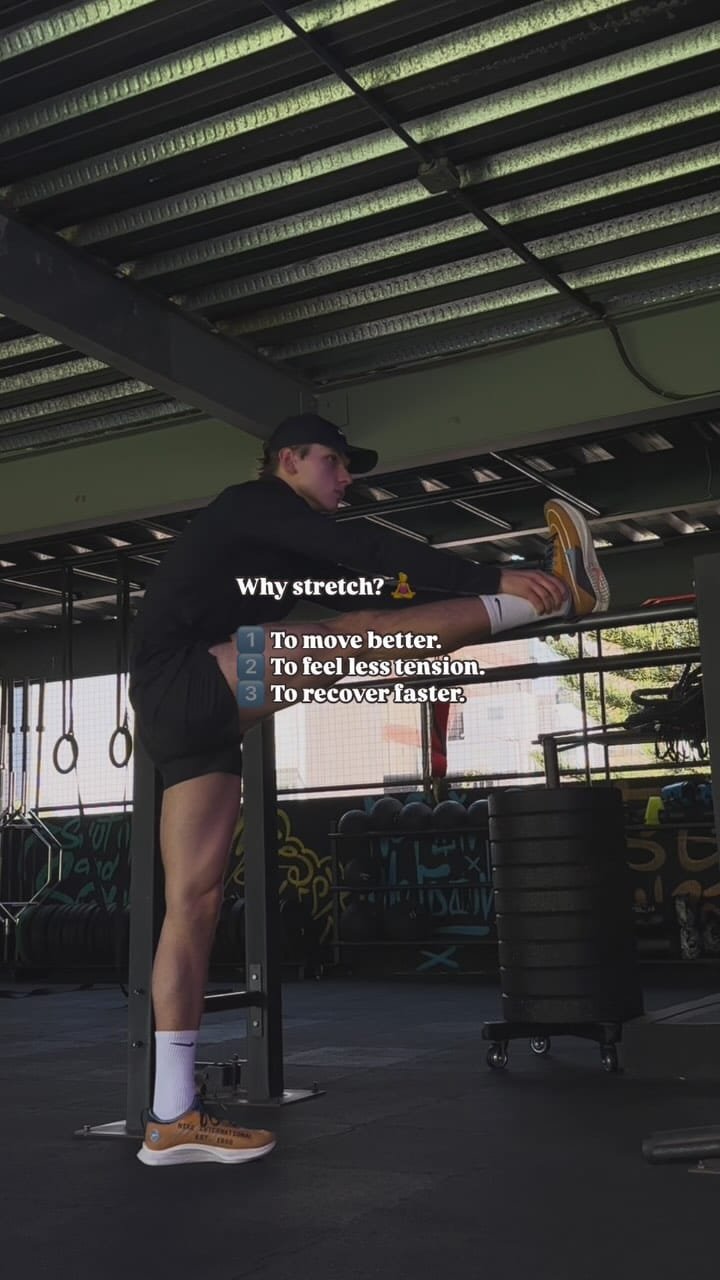Why Lifting the Same Weights Won’t Work Forever?
When it comes to muscle growth, one of the most common mistakes people make is sticking to the same weights, reps, and exercises for too long. While this may feel comfortable, it significantly limits your muscle development. Without continuous challenges, your muscles have no reason to adapt, grow, or get stronger. This is where progressive overload comes in — a fundamental principle of strength training and hypertrophy. Let’s break down why it matters and how you can use it to achieve consistent muscle growth.
Why Progressive Overload Is Essential for Muscle Growth
Muscles grow in response to stress. When you lift heavier weights, increase the number of reps, or push yourself past previous limits, you create micro-tears in the muscle fibers. Your body responds by repairing these fibers, making them stronger and larger than before. However, if you continue to use the same weights and perform the same number of reps every workout, your muscles no longer perceive it as a “challenge.” As a result, growth stagnates.
Your body is highly efficient at adapting, and if it senses no new challenge, it won’t waste energy on building extra muscle mass. This is why progressive overload is the foundation of hypertrophy (muscle growth).

⚠️ Signs You’re Not Applying Progressive Overload
- You’re lifting the same weights for weeks or months.
- Your workouts feel “easy” or routine.
- You’re not feeling soreness (DOMS) after workouts anymore.
- There’s no visible or measurable progress in your strength, reps, or physique.
If these points sound familiar, it’s a sign you need to introduce progressive overload into your training.
🧠 How to Apply Progressive Overload
Here are six effective methods to implement progressive overload into your training plan. You don’t have to use all of them at once — even one can lead to consistent progress.
Increase the Weight
The most obvious approach is to lift heavier weights. For example, if you’ve been bench pressing 60 kg for 8 reps, try 62.5 kg next time, even if you can only complete 6 reps. Gradually increase as your strength improves.Increase the Reps
If adding weight isn’t an option, increase the number of repetitions. For instance, if you currently do 8 reps of dumbbell curls, aim for 10-12 reps before increasing the weight. This method builds endurance and hypertrophy.Increase the Sets
Add an additional set to your routine. If you typically do 3 sets of squats, try 4 sets. While this increases training volume, it’s important not to overdo it to avoid overtraining.Reduce Rest Time
Shortening your rest time between sets increases the intensity of the workout, which forces your muscles to work harder. For example, if you currently rest for 90 seconds, reduce it to 60 seconds.Use Advanced Techniques (Supersets, Drop Sets, etc.)
Incorporating training methods like supersets, drop sets, and tempo variations (e.g., slowing down the negative portion of a lift) can shock your muscles into growth without necessarily increasing weight.Improve Form and Range of Motion
Sometimes, growth stagnates because of poor form. If you’re not lifting with a full range of motion, you limit the challenge on your muscles. Make sure every rep is controlled, slow, and full — especially during the eccentric (lowering) phase.

💪 Example of Progressive Overload in Action
Week 1: Bench Press 60 kg x 8 reps for 3 sets
Week 2: Bench Press 62.5 kg x 8 reps for 3 sets (increase weight)
Week 3: Bench Press 62.5 kg x 10 reps for 3 sets (increase reps)
Week 4: Bench Press 62.5 kg x 10 reps for 4 sets (increase sets)
This is a simple yet effective approach that keeps your muscles
challenged week after week.
🚀 Tips for Long-Term Progress with Overload
Track Your Progress
Keep a training log of your weights, reps, and sets. If you don’t track your progress, you won’t know if you’re applying progressive overload effectively. Use an app like MyFitnessPal or a simple notebook to log each session.Avoid Ego Lifting
Increasing weight is important, but not at the cost of form. If your form breaks down, you increase your risk of injury. Instead of rushing to lift heavier weights, focus on slow, controlled reps with good form.Prioritize Recovery
Muscles grow when you rest, not during the workout itself. Proper recovery, nutrition, and sleep are essential. Without them, no amount of overload will produce results.Be Patient
Progress doesn’t happen overnight. Gradually increase weights, reps, and sets over weeks and months. Progression that’s too fast can lead to injury, while slower progression ensures consistent, injury-free gains.
🚀 Key Takeaways
- Muscle growth requires new challenges — doing the same routine with the same weights leads to stagnation.
- Use progressive overload by increasing weight, reps, sets, or intensity over time.
- Track your workouts, prioritize recovery, and stay consistent for long-term results.
By understanding and applying progressive overload, you’ll ensure your muscles are constantly forced to adapt and grow stronger. So, next time you’re at the gym, remember — if it feels too easy, it probably is. Push yourself, but do so safely and methodically.










